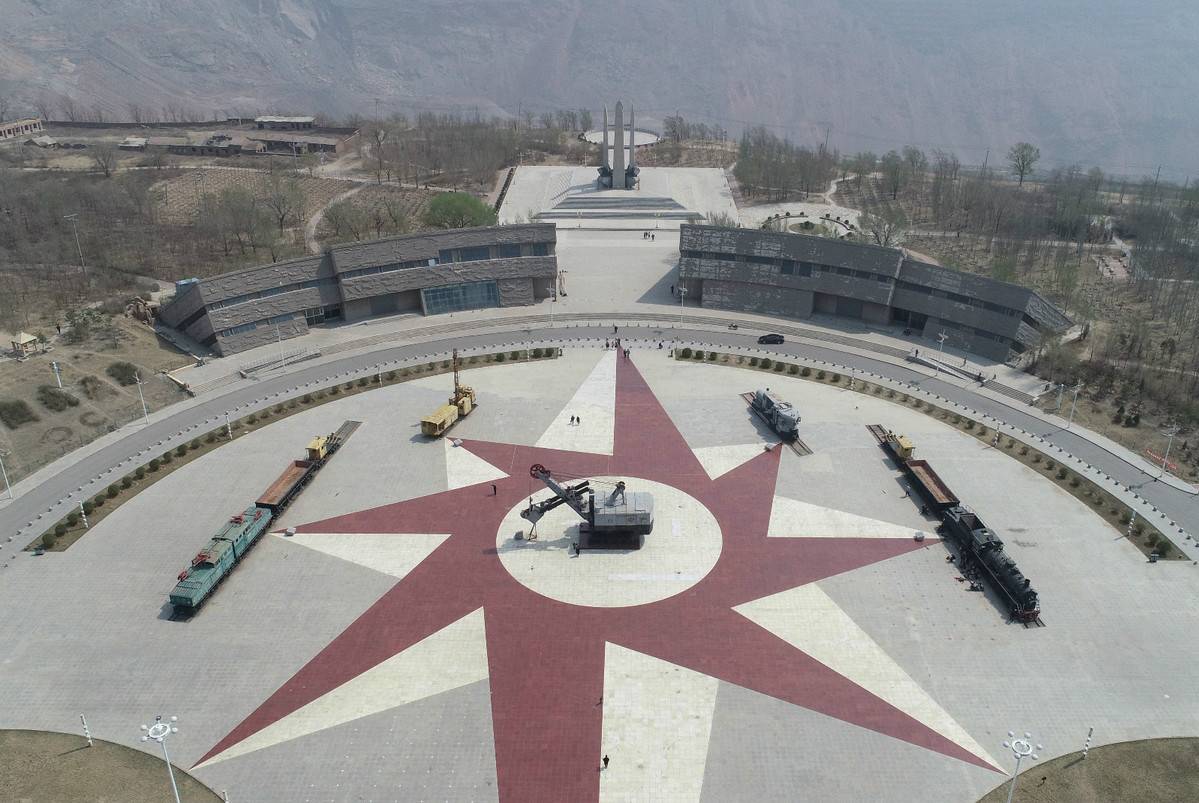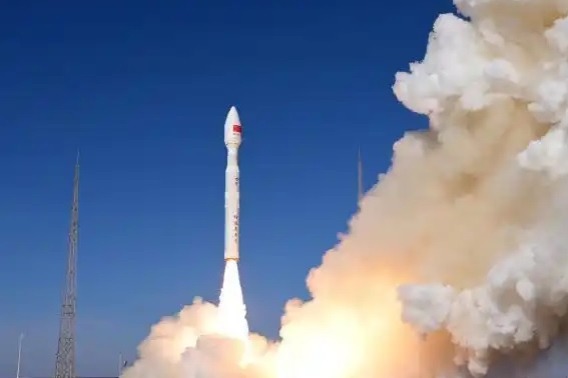Decommissioned coal mine experiences rebirth as tourist spot


SHENYANG - The glory days are gone for the once-bustling Haizhou coal mine in the city of Fuxin, Liaoning province. The mine was once the largest of its kind in Asia.
Nowadays, all that's left is a giant pit nearly 4 kilometers long, 2 km wide and over 300 meters deep.
But in the decade since the mine was closed, problems have continued to plague Fuxin, as the city urgently tries to restructure.
On Jan 1, 1951, the construction of the mine began. Six months later, the ambitious project had been put into operation with a designated annual output of 3 million metric tons.
It was a landmark achievement as China began to beef up its industrial sector.
"Scenes back then were spectacular," said Min Shibiao, who drove trucks at the mine.
"During peak days, more than 20 electric drills were working in the pit at the same time, along with more than 7,000 workers busy on the front lines," Min said.
In 1988, Min, then a new graduate from a technical school in Fuxin, was assigned to work at the Haizhou mine.
"I was so thrilled I couldn't fall asleep the day I received the news," said Min. "It was a great honor for people to work for the mine."
As China pushed ahead with its ambitious economic plans, the Haizhou mine made a substantial contribution. During its half century of operation, it produced 244 million tons of coal and returned 3.34 billion yuan ($485 million) in profits and taxes.
On May 31, 2005, the mine, with a total area equivalent to 38 Palace Museums, was officially closed.
This was followed by a decade of cleaning up geological hazards.
"Villagers who lived in the area surrounding the mine were forced to relocate as the pit expanded," said Bai Fengqin, a resident of Taiping district, where the pit is located.
"When it rained, residents faced the risk of landslides," Bai said. "Windows had to be firmly closed during windy days; otherwise there would be a layer of dust and ash in the rooms."
Liu Yang of the city's bureau of natural resources, said rehabilitating the mine had proved a challenge.
"Both the surface and underground techniques adopted in the Haizhou mine have led to many geological difficulties, such as depressions, landslides and outbreaks of fire," Liu said.
Dai Xiaodong, a local government official said: "We prevent landslides and ground fissures, considered most likely to occur, by cutting slopes and backfilling. And a series of measures were taken to stabilize the soil."
"Dozens of tree species were planted and failed to grow due to the polluted earth, but the ones that survived, mostly drought-tolerant and adaptable trees, gradually took root by the thousands in the barren land," Dai said.
Experts say it's a daunting task to deal with mine pits, and Dai said discussions and research have continued for a long-term campaign.
Nowadays, the pit is surrounded by 45,000 trees, covering more than 130,000 square meters.
The pit, along with a vast observation deck and a nearby theme park displaying obsolete coal train carriages, have become popular tourist attractions in the city.
"A total of 7.19 square kilometers of land in the mine area are still unmanageable, so we have a long way to go," said Han Jinlong, deputy-director of the city's bureau of natural resources.
Xinhua
- Photographer captures wild mandarin ducks in Guizhou
- Infrared cameras and drones record Tarim red deer in Xinjiang
- Beijing issues alerts for snowstorms and road icing
- Beijing district recovers nearly 100 million yuan in scam losses
- China's immigration hotline adds French language support
- Zootopia 2 fans fuel hazardous trend in online snake purchases




































